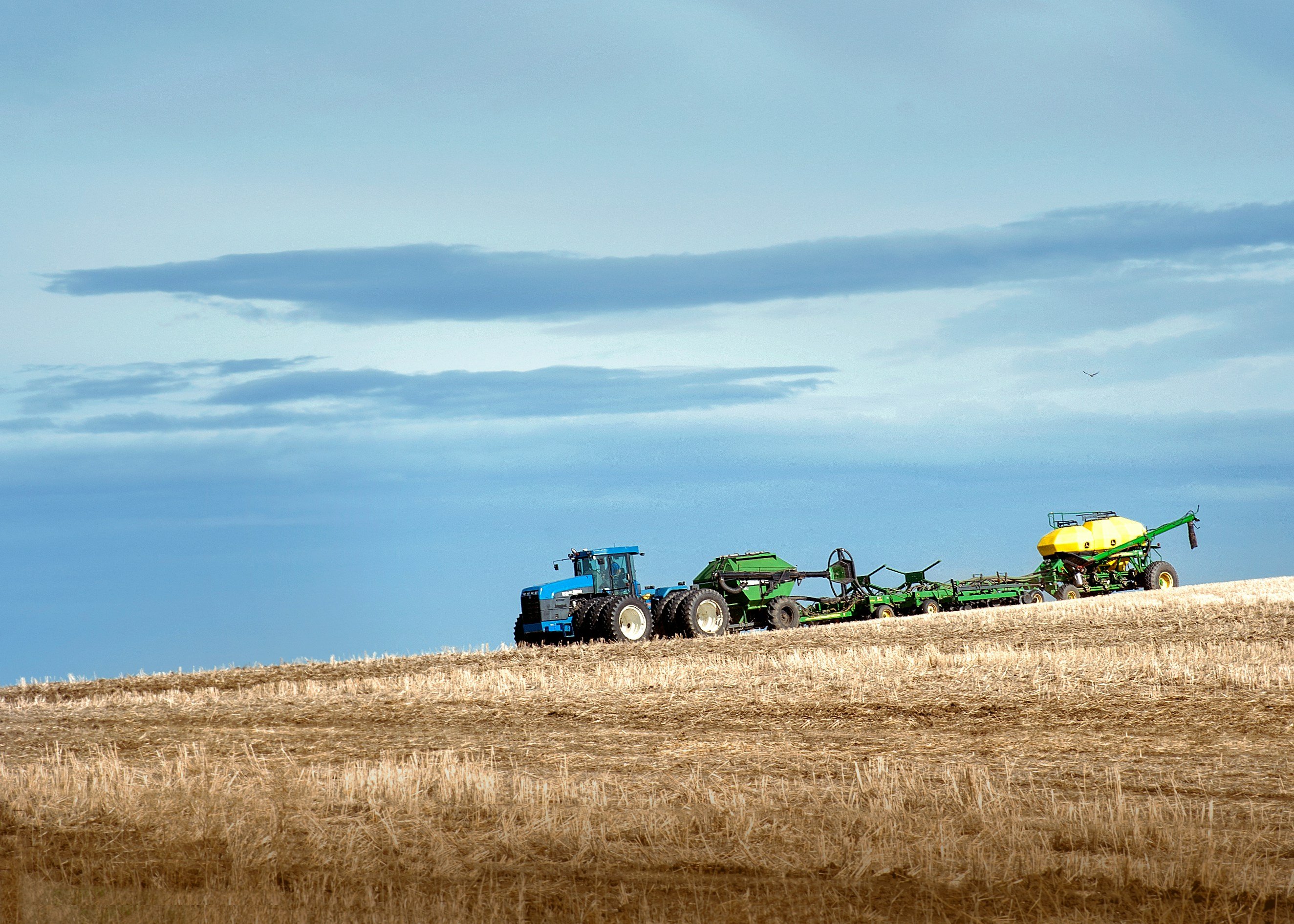Key Takeaways
- Hamed, Shehdeh Jodeh, and Raed Alkowni (2024) developed a novel nano bio-fertilizer encapsulation method using chitosan, alginate, and humic acid.
- The nanocapsules, loaded with essential nutrients (NPK) and beneficial microorganisms (Pseudomonas Fluorescence), enhanced structural and morphological properties.
- The study showed a sustained release of NPK nutrients over 30 days, with superior performance compared to non-crosslinked nanocapsules.
- Encapsulation efficiency and water retention of the nanocapsules were significantly improved.
- These findings highlight the potential of nano bio-fertilizers for environmentally friendly agriculture, reducing the reliance on conventional fertilizers.
In a significant advancement for sustainable agriculture, researchers Hamed, Shehdeh Jodeh, and Raed Alkowni (2024) have developed an innovative nano bio-fertilizer encapsulation method. This new approach crosslinks chitosan and alginate with humic acid, resulting in nanocapsules loaded with essential agro-nutrients (NPK) and beneficial microorganisms, specifically Pseudomonas Fluorescence (P. Fluorescence).
Innovative Encapsulation Method
The newly developed nanocapsules, referred to as (Ch./Alg.HA.NPK) and (Ch./Alg.HA.NPK.PGPRs), were created through a novel encapsulation method that enhances their structural and functional properties. Using advanced techniques such as Fourier Transform Infrared (FTIR), Thermogravimetric Analysis (TGA), Scanning Electron Microscopy (SEM), Malvern Zeta NanoSizer, and Zeta potential analysis, the researchers confirmed the structural integrity and improved morphological characteristics of these nanocapsules.
Enhanced Nutrient Release and Efficiency
A key focus of the study was the sustained release of NPK nutrients over a period of 30 days. The results demonstrated release percentages of 33.2%, 47.8%, and 68.3%, respectively, showcasing superior performance compared to non-crosslinked nanocapsules made solely of chitosan and alginate. The encapsulation efficiency and water retention capabilities were also significantly enhanced in the crosslinked nanocapsules.
The release mechanism was assessed using the kinetic module of the Korsemeyer-Peppas Mathematical model, further confirming the improved performance and controlled release capabilities of the crosslinked nanocapsules. This controlled release is crucial for providing a steady supply of nutrients to plants, enhancing growth and reducing nutrient wastage.
Read the complete study here.


